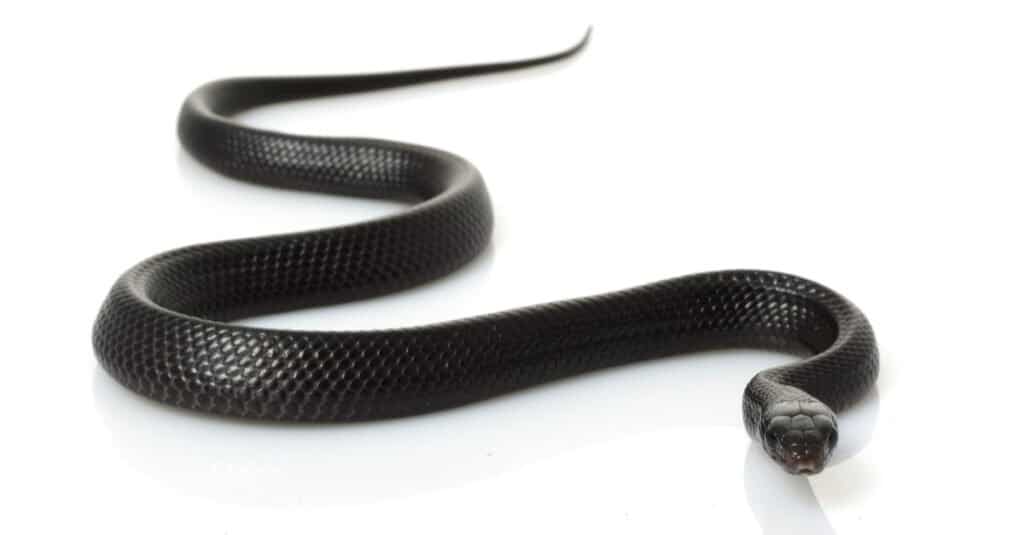Snakes usually aren’t the largest creatures in a given environment, but they are always among the most feared! Most animals know that you avoid snakes at all costs, especially if they can’t tell if it’s venomous or not. It’s better to avoid them altogether than to be wrong and risk a bite. Even still, there are some animals that have carved out an ecological niche by targeting and eating snakes—especially venomous ones.
This clip shows one of the best snake hunters in North America: the Indigo snake.
Make sure you check out the short clip below!
In the short clip, we see a massive black snake slowly approaching what appears to be a rattlesnake. The rattlesnake is much smaller than the black snake, but we all know that rattlesnakes don’t care too much for size with how strong their venom is.
Incredibly, despite the rattlesnake’s loud warnings, the black snake continues to approach the highly venomous reptile. It all makes sense, however, when we learn that the black snake approaching the rattlesnake is a rare species of snake known as the indigo snake!
Indigo snakes get their name from their deep blue color, although the clip isn’t super bright and the snake appears black. The indigo snake is quite rare, so many people have never heard of them. They are among the largest snakes native to North America, however, and are known for their interesting diets.

Indigo snakes get their name from their deep blue color.
©Joe Farah/Shutterstock.com
The eastern indigo snake is found across the Southeastern United States and can grow up to eight feet long. As big as it is, however, it isn’t venomous. Instead, it uses its strength and power to constrict and kill its favorite prey: other snakes!
The indigo snake has an evolutionary adaptation that helps it to hunt venomous snakes like the rattlesnake. When it’s bitten, its body is able to reject the venom, essentially making it immune to some of the deadliest creatures in the United States! A rattlesnake bite is enough to kill a human, but for an indigo snake, it’s just a tickle.
In the clip, we see the indigo snake approach the rattlesnake and expertly strike. Grabbing the neck of the rattlesnake in its mouth, the fight is basically already over. In a flash, the indigo snake wins the fight and successfully dispatches North America’s most venomous snake! Although it doesn’t show it, the indigo snake will proceed to constrict the rattlesnake until it’s sure it’s dead. Then, it will swallow the entire thing whole!

Indigo snakes are nonvenomous.
©fivespots/Shutterstock.com
As the text over the clip explains, when there is an indigo snake in the area, all other snakes seem to disappear! The indigo snake isn’t dangerous to humans, but for any other snakes that happen to be in the area, it’s a pretty bad omen. Thankfully, indigo snakes (alongside kingsnakes) help to control the populations of venomous snakes since they face little other competition. Nature always has its own checks and balances!
The photo featured at the top of this post is © Radiant Reptilia/Shutterstock.com
Discover the "Monster" Snake 5X Bigger than an Anaconda
Every day A-Z Animals sends out some of the most incredible facts in the world from our free newsletter. Want to discover the 10 most beautiful snakes in the world, a "snake island" where you're never more than 3 feet from danger, or a "monster" snake 5X larger than an anaconda? Then sign up right now and you'll start receiving our daily newsletter absolutely free.
Thank you for reading! Have some feedback for us? Contact the AZ Animals editorial team.






